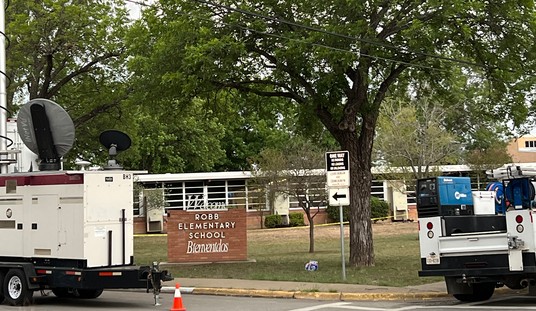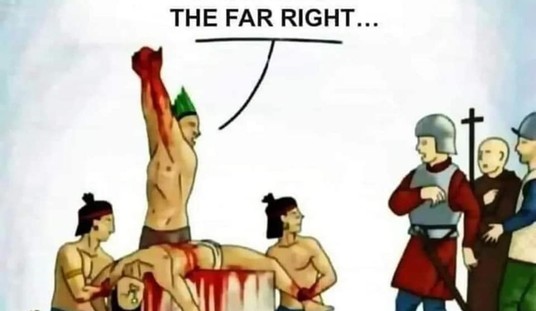The received wisdom on the Caucasus war casts Georgian president Mikhail Saakashvili as either villain or dupe, foolishly provoking a staged response from Russia by firing on civilians in Tshkanvili. Michael Totten, now reporting from the ground at Pajamas Media, says that this anaylsis is completely wrong. In fact, South Ossetian separatists broke the cease-fire by firing on Georgian soldiers, and Russia mobilized its forces before Saakashvili’s targeted assault on separatists in the Tshkanvili area:
Virtually everyone believes Georgian President Mikheil Saakashvili foolishly provoked a Russian invasion on August 7, 2008, when he sent troops into the breakaway district of South Ossetia. “The warfare began Aug. 7 when Georgia launched a barrage targeting South Ossetia,” the Associated Press reported over the weekend in typical fashion.
Virtually everyone is wrong. Georgia didn’t start it on August 7, nor on any other date. The South Ossetian militia started it on August 6 when its fighters fired on Georgian peacekeepers and Georgian villages with weapons banned by the agreement hammered out between the two sides in 1994. At the same time, the Russian military sent its invasion force bearing down on Georgia from the north side of the Caucasus Mountains on the Russian side of the border through the Roki tunnel and into Georgia. This happened before Saakashvili sent additional troops to South Ossetia and allegedly started the war.
The real story of this conflict begins decades ago, during the Soviet period of Russian empire. The Kremlin used ethnic rivalries to keep its disparate populations at war with each other rather than Moscow. The Soviets then set themselves in position to act as mediators, when in fact they fanned the ethnic rivalries for their own purposes of division.
This doesn’t mean that Georgia doesn’t have some responsibility for this conflict. As two regional experts explained to Totten, Georgia had its own brand of ethnic nationalists who threw fuel onto this fire after the dissolution of the Soviet Union. Eventually, conflicts would drive milder forms of ethnic cleansing than seen in the former Yugoslavia, but destabilizing nonetheless. When Saakashvili came to power in the Rose Revolution, he inherited a nation already riven by ethnic conflict and two territories with reason to view Georgian sovereignty with suspicion. Despite his efforts to woo Abkhazians and Ossetians back into the Georgian union, too many hard feelings remain — and Russia began to play the old games that the Soviets abandoned during their collapse.
How did the Russians provoke this latest conflict? In April, they began issuing Russian passports to residents of Abkhazia and South Ossetia. This gave them a legal status as Russian citizens, and gave Moscow a pretense for protecting them with military force. It resembles nothing more than Hitler’s efforts in the Sudetenland in 1938, which ended in the collapse in Munich of the West. With this kind of backing, the separatists felt free to launch attacks on Georgian forces, and as early as May Saakashvili warned that Russia wanted a war in the Caucasus.
Be sure to read all of Michael’s excellent report. While all sides have historical responsibility for fanning ethnic conflict, the methods and motives of Vladimir Putin and his henchmen are quite transparent.








Join the conversation as a VIP Member